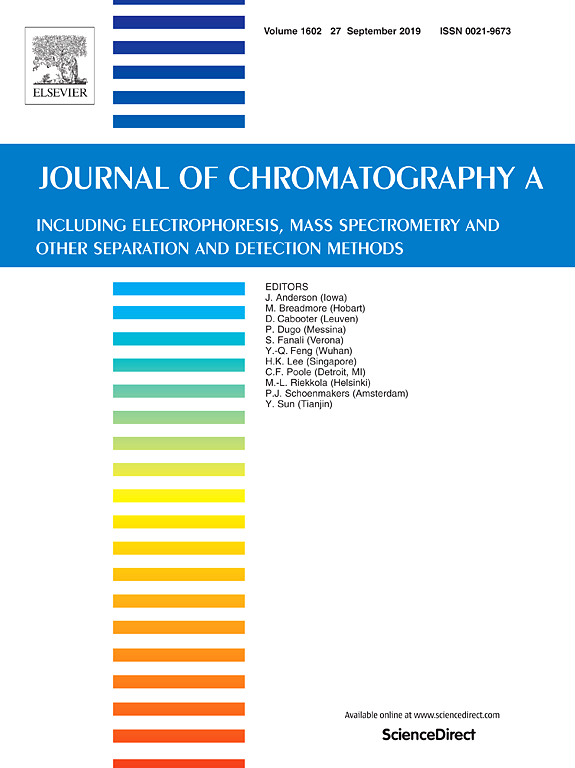Published James Diekmann on November 18, 2019
Blood Alcohol Analysis — Possible with GC-VUV
By: James Diekmann
It’s fall, and I’m a millennial living in the music capital of Texas. Do you know what that means? Drinking at Austin Beer Works and enjoying concerts at Emo’s. Everyone spends their fall differently, but I can safely say that no one wants to do anything they’ll regret. This isn’t a public service announcement, but drinking and driving becomes a serious concern during this time of year. So drink responsibly, folks!
The tie between fall-time fun, alcohol, DUI’s, and our technology is blood alcohol concentration analysis (BAC). Conveniently enough, our technology plays well in this space because analyzing small volatile molecules is easy as pumpkin pie; the spectra of volatile compounds have clear and distinct features and can be easily deconvolved (Fig. 1).

Fig. 1. Shows the absorbance spectra of methanol, ethyl alcohol, acetone and water
From yours truly, here’s a recent publication in the Journal of Chromatography A discussing static headspace GC-VUV for blood alcohol and inhalant analysis. Here are a few of the highlights:
- GC-VUV simplifies BAC analysis by using a single-column setup, taking advantage of its ability to spectrally deconvolve compounds. Most labs that perform routine BAC analysis have a two column, two FID set-up to analyze a blood sample, where the second column (with a slightly different column phase) is required to separate coelutions seen on the first column. This method relies solely on retention times, which can be problematic.
- GC-VUV can differentiate isobaric compounds that mass spectrometry (MS) can’t. VUV isn’t flow limited by vacuum (i.e., we can increase column flow) and has easier-to-interpret data. You don’t need a Ph.D to figure out what you’re looking at!
Conveniently enough, volatiles in blood are also common solvents, so check out Jack Cochran’s “Rapid Equilibration of Samples For Residual Solvents Analysis By Static Headspace – GC-VUV”, which talks about using GC-VUV static headspace for solvent analysis.










Leave a Reply